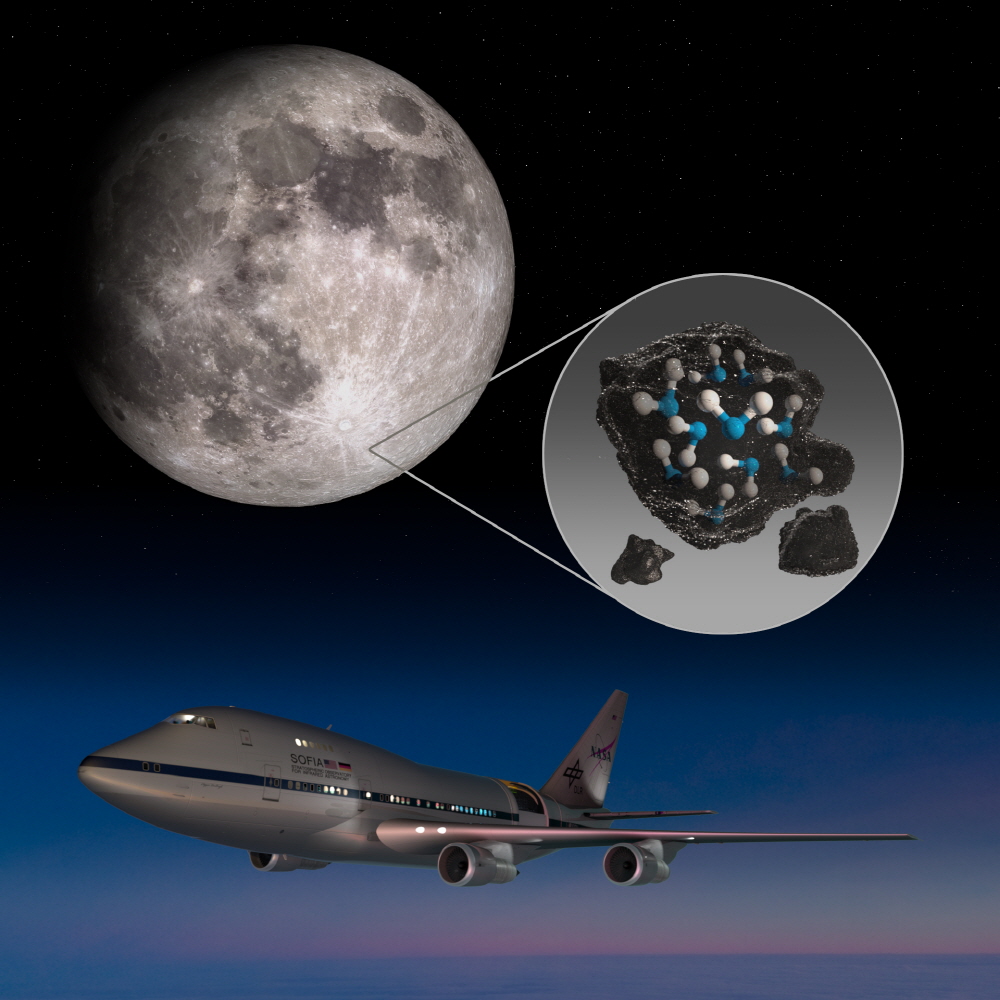
NASA’s Stratospheric Observatory for Infrared Astronomy (SOFIA) has identified for the first time that water is present in the part of the moon where the sun shines. Until now, it was thought that water does not exist in the sunny areas, but if the observational data are correct, it is possible that water is present in the dust.
SOFIA detected H2O molecules inside the Clavius Crater, one of the largest craters visible on Earth in the southern lunar hemisphere. Until now, molecules containing hydrogen have been discovered on the surface of the moon, but they could not be identified as water or hydroxide. This observational data shows that there is 100-412 ppm of moisture in 1 m 3 of soil.
This discovery can be said to be raising new questions about how water is possible on the moon, why water stays in the sun, and how it exists in difficult environments. In addition, water is important in deep space exploration. Because water is a resource of direct value to astronauts. It is possible to obtain the oxygen breathed by humans and hydrogen or drinking water as fuel from the water, but it is also a heavy substance for launching by carrying it on a spacecraft. If the lunar exploration could source water locally, the spacecraft would be able to carry other useful items.
SOFIA is a retrofitted Boeing 747-SP airliner with a 2.7m diameter telescope. To see the universe more clearly through an infrared camera. It is not known if this will be the first time SOFIA has investigated the moon until it is actually observed. However, NASA is planning to fly several times for more observations as it turns out that this observation is actually a test observation. Related information can be found here .


















Add comment